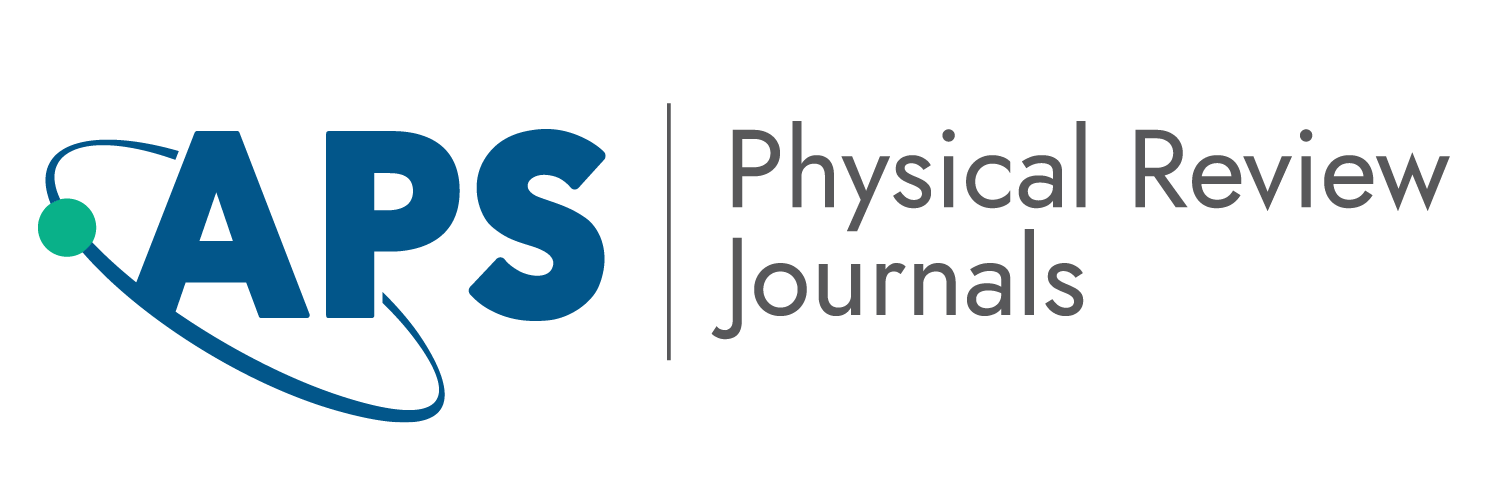Dear Colleague,
The Physical Review Journal Club returns Friday, November 17 with an exclusive discussion with two groups who have conceptualized a Fermi liquid without an applied magnetic field.
Materials scientists have engineered systems in the laboratory that yield exotic particles not seen in nature. In particular, when electrons are confined to two dimensions, cooled to near absolute zero, and exposed to a strong magnetic field, they capture part of this field and turn into weakly interacting particles called composite fermions (CFs).
CFs display striking phenomena such as the fractional quantum Hall effect (FQHE). Recently, experiments showed that a particular twisted semiconductor bilayer exhibits CFs and the FQHE without an applied magnetic field. Now, based on a theoretical analysis of these experiments, two research teams predict that this twisted bilayer should also realize a state called a CF Fermi liquid. The ability to create a CF Fermi liquid at zero magnetic field would enable a comprehensive exploration of this peculiar state, which provides a new paradigm for metallic behavior and can serve as a parent to other interesting states.
Aidan Reddy and colleagues at the Massachusetts Institute of Technology and Junkai Dong and colleagues at Harvard University present comprehensive numerical and analytical studies of the interacting electrons that partially populate one of the aforementioned topological bands in twisted bilayer MoTe2. The two teams' results strongly suggest that CFs also form at the even-denominator filling fractions of f = 1/2 and f = 3/4 without any external magnetic field. At these fractions, CFs would see no pseudomagnetic field and are predicted to condense into a CF Fermi liquid—a strongly correlated metallic state that is fundamentally distinct from the ordinary, weakly correlated, electron Fermi liquid found in metals. Papers from both the MIT group and the Harvard group were recently published in Physical Review Letters, and analyzed by Physics Magazine.
Reddy and Dong will sit down with the Journal Club and present their findings in an exclusive online session moderated by Prof. Thierry Jolicoeur (Institut de Physique Théorique-DRF). After the presentation, registrants are welcome to ask the researchers questions in a live Q&A session.
Registration is free and a video recording will be provided to all registrants. Please feel free to share this invitation with your institution and colleagues.
When:
Friday, November 17, 2023 (2:00 - 3:00 p.m. ET)
The paper under discussion: | The session will be moderated by:
Prof. Thierry Jolicoeur (Institut de Physique Théorique-DRF)
The Physical Review Journal Club events are live, interactive events allowing early-career scientists to discuss the latest published advances in physics with leaders in the field. There will be a short presentation, followed by an interactive session where the participating author will answer your questions. This is a rare opportunity to engage with the authors of important research developments in an "Ask Me Anything" format. During this interactive portion of the Journal Club, participants will be allowed to have their camera and microphone on and are encouraged to join in open discussion with the presenters. | | | |


No comments:
Post a Comment